
Partner
Head of Energy & Infrastructure | Projects, Infrastructure & Construction | Real Estate
This website will offer limited functionality in this browser. We only support the recent versions of major browsers like Chrome, Firefox, Safari, and Edge.


On 19 October the government released the long-awaited Heat and Buildings Strategy which contains details of how it intends to cut emissions from the UKs buildings, as part of setting a path to net zero by 2050. Annex 2 sets out the current and planned activities for the 2020s.
Being two years in the pipeline and one of the last strategies to be released this year indicates how sensitive this topic is. The housing sector wishes to understand what technologies it should be installing and what financial support will be given to landlords, what incremental targets will be set on the journey to net zero.
The strategy contains about £3.9bn worth of funds to support a transition up to 2025 which not only covers the widely reported £450m boiler upgrade scheme but will also go towards funding the next three years of the social housing decarbonisation fund (£800m) and home upgrade grant "HUG" scheme (£950m), the heat networks transformation programme (£338m), and the public sector decarbonisation scheme (£1.425bn). While the sector will no doubt be pleased the government has provided funding certainty over the next three years. Many consider that it does not deliver in terms of ambition or urgency but in our view it's an important step to help enable the market.
The full text of the Heat and Buildings Strategy is available here. If you have any questions on how this affects your business and what steps you may want to be looking at taking, get in touch with our team of experts.

Partner
Head of Energy & Infrastructure | Projects, Infrastructure & Construction | Real Estate




Partner
Projects, Infrastructure & Construction | Dispute Resolution | Energy & Infrastructure


Partner
Energy & Infrastructure | Projects, Infrastructure & Construction | Real Estate






































































Associate
Projects, Infrastructure & Construction | Real Estate | Energy & Infrastructure








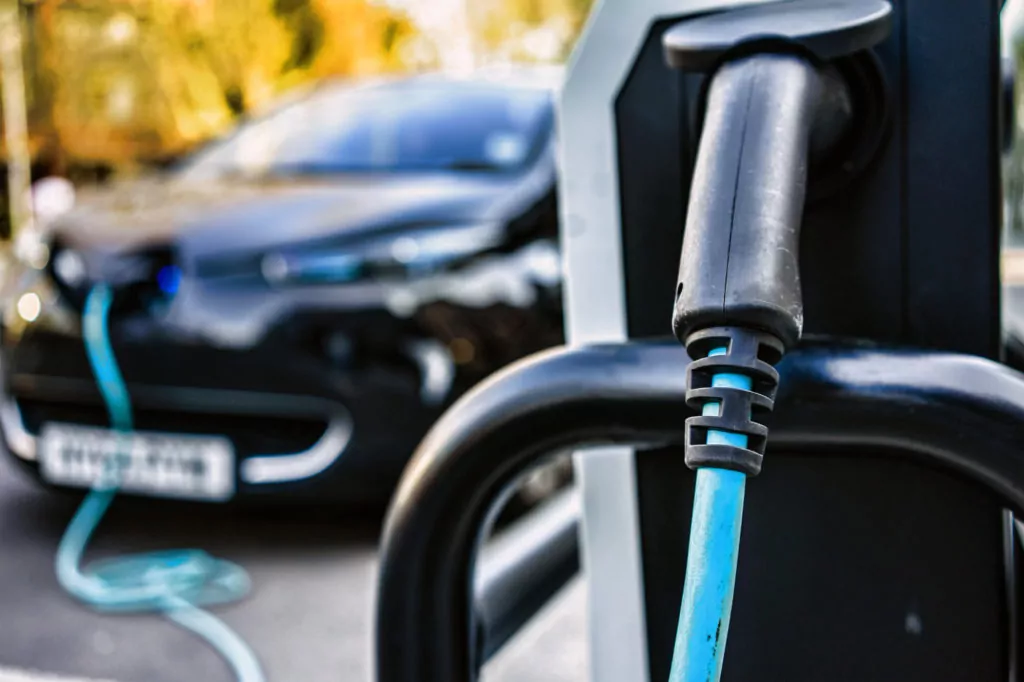

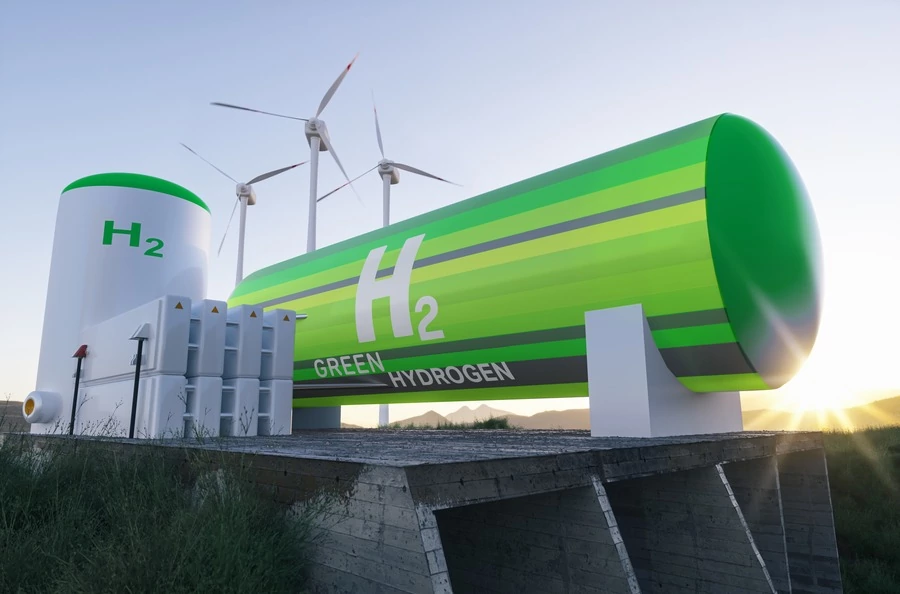
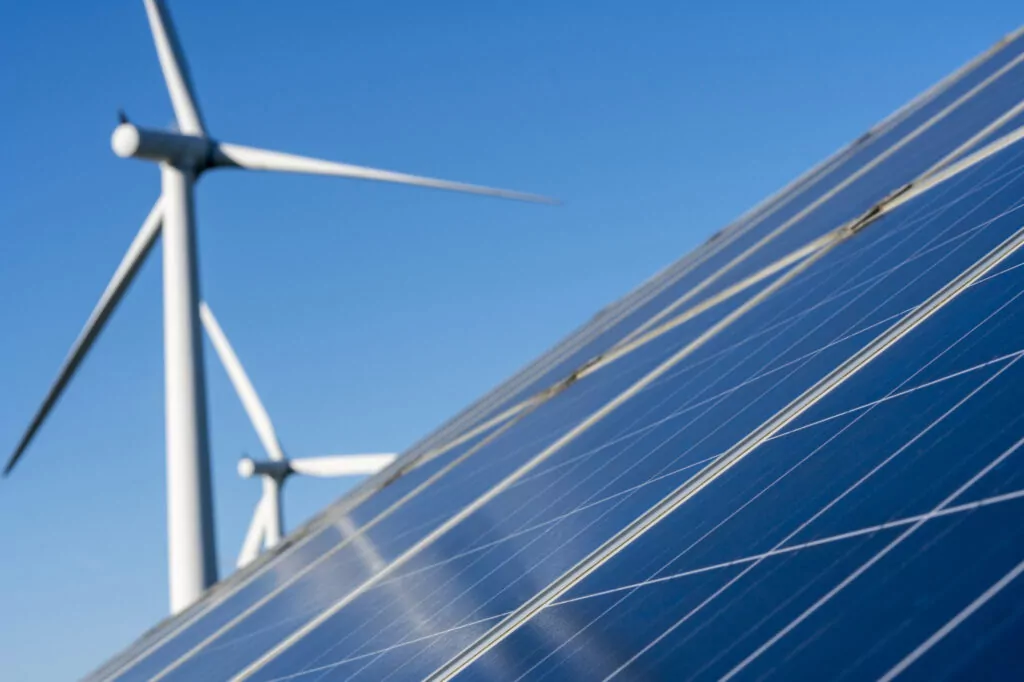

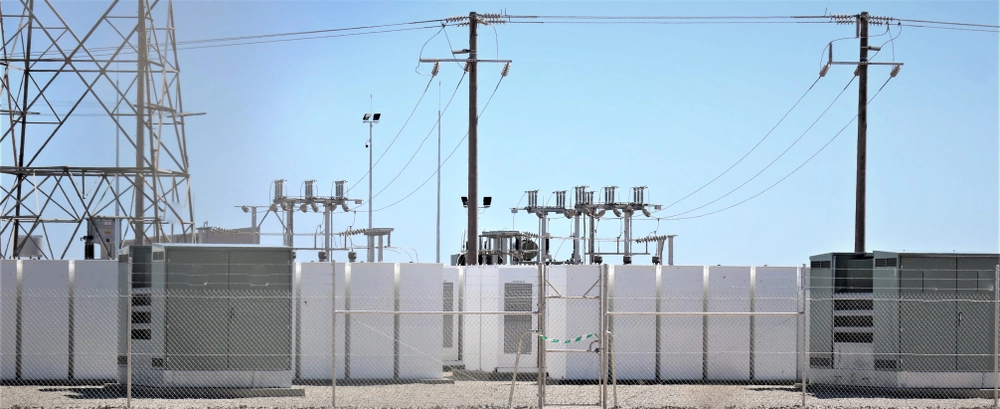
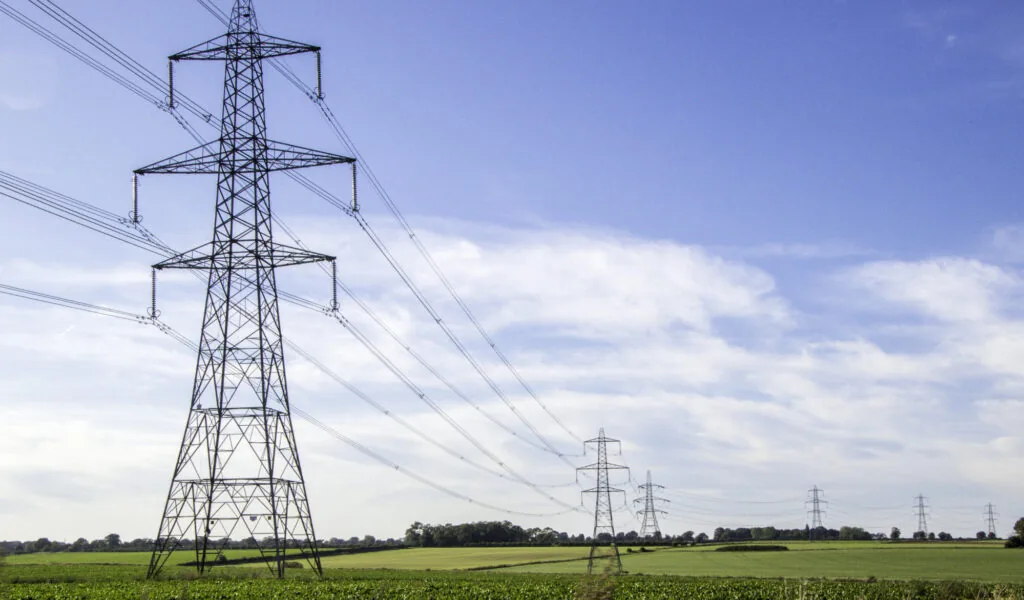

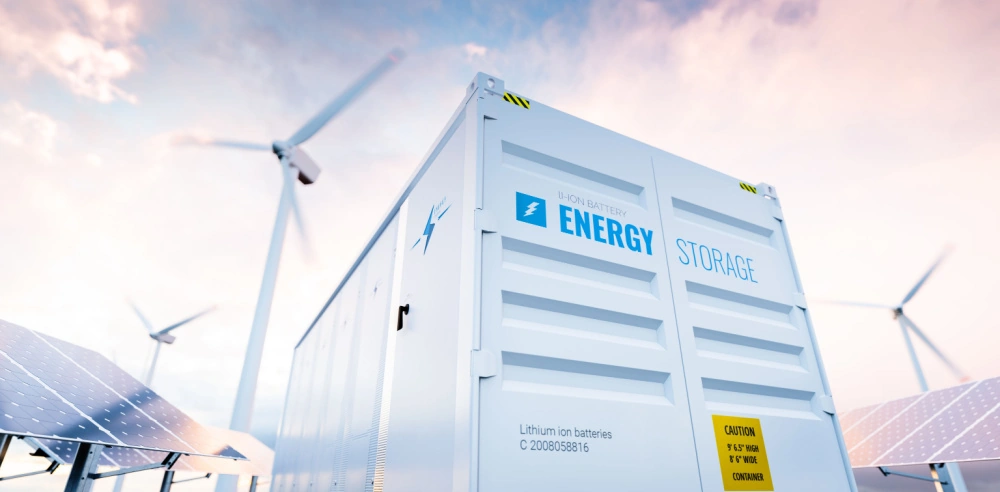
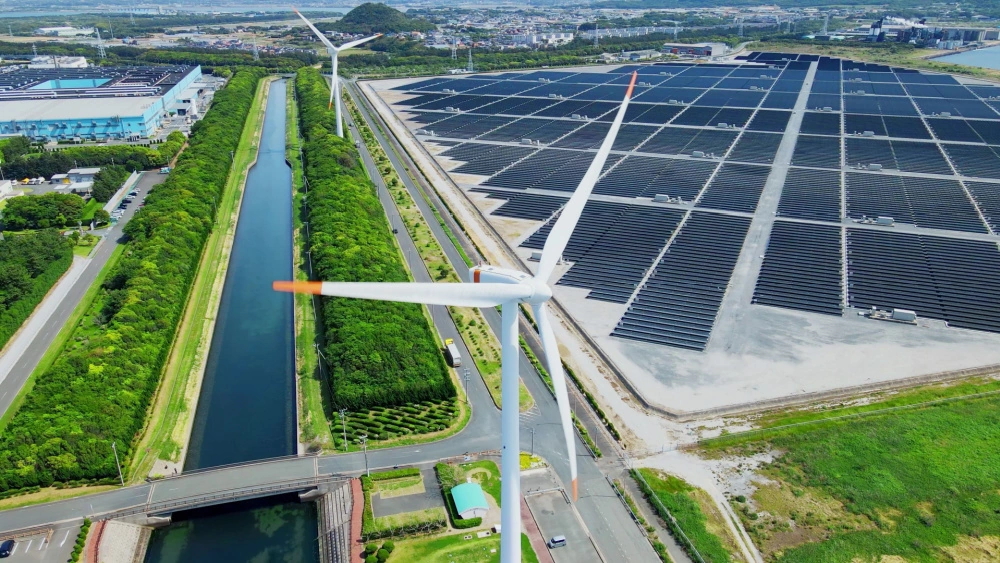
| Cookie | Duration | Description |
|---|---|---|
| cookielawinfo-checkbox-advertisement | 1 year | Set by the GDPR Cookie Consent plugin, this cookie is used to record the user consent for the cookies in the "Advertisement" category . |
| cookielawinfo-checkbox-analytics | 11 months | This cookie is set by GDPR Cookie Consent plugin. The cookie is used to store the user consent for the cookies in the category "Analytics". |
| cookielawinfo-checkbox-functional | 11 months | The cookie is set by GDPR cookie consent to record the user consent for the cookies in the category "Functional". |
| cookielawinfo-checkbox-necessary | 11 months | This cookie is set by GDPR Cookie Consent plugin. The cookies is used to store the user consent for the cookies in the category "Necessary". |
| cookielawinfo-checkbox-others | 11 months | This cookie is set by GDPR Cookie Consent plugin. The cookie is used to store the user consent for the cookies in the category "Other. |
| cookielawinfo-checkbox-performance | 11 months | This cookie is set by GDPR Cookie Consent plugin. The cookie is used to store the user consent for the cookies in the category "Performance". |
| CookieLawInfoConsent | 1 year | Records the default button state of the corresponding category & the status of CCPA. It works only in coordination with the primary cookie. |
| viewed_cookie_policy | 11 months | The cookie is set by the GDPR Cookie Consent plugin and is used to store whether or not user has consented to the use of cookies. It does not store any personal data. |
| Cookie | Duration | Description |
|---|---|---|
| bcookie | 2 years | LinkedIn sets this cookie from LinkedIn share buttons and ad tags to recognize browser ID. |
| bscookie | 2 years | LinkedIn sets this cookie to store performed actions on the website. |
| lang | session | LinkedIn sets this cookie to remember a user's language setting. |
| lidc | 1 day | LinkedIn sets the lidc cookie to facilitate data center selection. |
| UserMatchHistory | 1 month | LinkedIn sets this cookie for LinkedIn Ads ID syncing. |
| Cookie | Duration | Description |
|---|---|---|
| _ga | 2 years | The _ga cookie, installed by Google Analytics, calculates visitor, session and campaign data and also keeps track of site usage for the site's analytics report. The cookie stores information anonymously and assigns a randomly generated number to recognize unique visitors. |
| _ga_8FBMLQP5H9 | 2 years | This cookie is installed by Google Analytics. |
| _gat_myTracker | 1 minute | A Google Analytics tracking cookie that sets a unique visitor ID, the date and time of the first visit, the start time of the active visit and the number of visits made by a visitor to the site. |
| _gcl_au | 3 months | Provided by Google Tag Manager to experiment advertisement efficiency of websites using their services. |
| _gid | 1 day | Installed by Google Analytics, _gid cookie stores information on how visitors use a website, while also creating an analytics report of the website's performance. Some of the data that are collected include the number of visitors, their source, and the pages they visit anonymously. |
| _hjAbsoluteSessionInProgress | 30 minutes | Hotjar sets this cookie to detect the first pageview session of a user. This is a True/False flag set by the cookie. |
| _hjFirstSeen | 30 minutes | Hotjar sets this cookie to identify a new user’s first session. It stores a true/false value, indicating whether it was the first time Hotjar saw this user. |
| _hjIncludedInPageviewSample | 2 minutes | Hotjar sets this cookie to know whether a user is included in the data sampling defined by the site's pageview limit. |
| _hjIncludedInSessionSample | 2 minutes | Hotjar sets this cookie to know whether a user is included in the data sampling defined by the site's daily session limit. |
| _hjTLDTest | session | To determine the most generic cookie path that has to be used instead of the page hostname, Hotjar sets the _hjTLDTest cookie to store different URL substring alternatives until it fails. |
| CONSENT | 2 years | YouTube sets this cookie via embedded youtube-videos and registers anonymous statistical data. |
| cusid | 30 minutes | ClickDimensions sets this cookie to establish and continue a user session with the site. |
| cuvid | 2 years | This cookie, set by ClickDimensions, is written to the browser upon the first visit to the site from that web browser. |
| cuvon | 30 minutes | ClickDimensions sets this cookie to store the last time a visitor viewed a page. |
| Cookie | Duration | Description |
|---|---|---|
| _fbp | 3 months | This cookie is set by Facebook to display advertisements when either on Facebook or on a digital platform powered by Facebook advertising, after visiting the website. |
| fr | 3 months | Facebook sets this cookie to show relevant advertisements to users by tracking user behaviour across the web, on sites that have Facebook pixel or Facebook social plugin. |
| VISITOR_INFO1_LIVE | 5 months 27 days | A cookie set by YouTube to measure bandwidth that determines whether the user gets the new or old player interface. |
| YSC | session | YSC cookie is set by Youtube and is used to track the views of embedded videos on Youtube pages. |
| yt-remote-connected-devices | never | YouTube sets this cookie to store the video preferences of the user using embedded YouTube video. |
| yt-remote-device-id | never | YouTube sets this cookie to store the video preferences of the user using embedded YouTube video. |
| Cookie | Duration | Description |
|---|---|---|
| _hjSession_1667891 | 30 minutes | No description |
| _hjSessionUser_1667891 | 1 year | No description |
| AnalyticsSyncHistory | 1 month | No description |
| JoP_SGM-bYTR | 1 day | No description |
| jUspEKvx | 1 day | No description |
| li_gc | 2 years | No description |
| VK-bxnJ | 1 day | No description |
| zkxqriGyJLZ | 1 day | No description |

